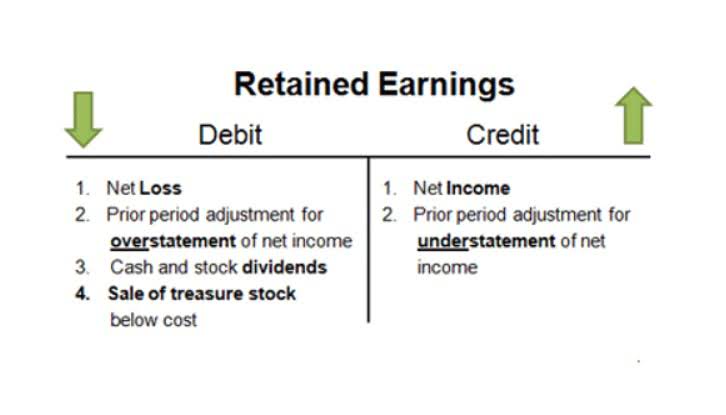Mastering Investment Decisions: A Comprehensive Guide to Calculating the Payback Period

By comparing the payback periods of various investments, stakeholders can prioritize those that align with their financial goals and risk tolerance. While the payback period is a valuable tool, it is important to consider it alongside other financial metrics, such as net present value (NPV) and internal rate of return (IRR). These metrics provide a more comprehensive view of an investment’s potential by factoring in the time value of money and overall profitability.
Payback Period Calculation Using Macros
• Equity firms may calculate the payback period for potential investment in startups and other companies to ensure capital recoupment and understand risk-reward ratios. Under payback method, an investment project is accepted or rejected on the basis of payback period. Payback period means the period of time that Legal E-Billing a project requires to recover the money invested in it.
- To determine the payback period, one typically divides the total initial investment by the annual cash flow generated by the investment.
- Key variables include the initial investment, which encompasses the total capital outlay, and the annual cash inflow, representing net cash generated each year.
- This metric is a key tool in capital budgeting, helping decision-makers evaluate the risk of potential investments by assessing the time required to recover initial costs.
- Understanding this timeframe helps investors evaluate whether the investment aligns with their financial goals and risk tolerance.
- When divided into the $1,500,000 original investment, this results in a payback period of 3.75 years.
- If the cash flows vary, a more detailed analysis may be required to determine the exact payback period, taking into account the timing of each cash inflow.
What Is an Acceptable Payback Period?
This straightforward calculation allows companies to payback equation quickly gauge the potential return on investment and prioritize projects that will yield quicker financial benefits. Understanding this metric is essential for effective capital budgeting and strategic planning. Calculating the payback period of an investment is a crucial step in evaluating its financial viability.
Years to Break-Even Formula
Although calculating the payback period is useful in financial and capital budgeting, this metric has applications in other industries. It can be used by homeowners and businesses to calculate the return on energy-efficient technologies such as how is sales tax calculated solar panels and insulation, including maintenance and upgrades. By calculating how fast a business can get its money back on a project or investment, it can compare that number to other projects to see which one involves less risk. The longer an asset takes to pay back its investment, the higher the risk a company is assuming.

However, not all projects and investments have the same time horizon, so the shortest possible payback period needs to be nested within the larger context of that time horizon. For example, the payback period on a home improvement project can be decades while the payback period on a construction project may be five years or less. Most capital budgeting formulas, such as net present value (NPV), internal rate of return (IRR), and discounted cash flow, consider the TVM. By calculating the payback period for each investment, you can evaluate their performance and make informed decisions. Let’s say Jimmy does buy the machine for $720,000 with net cash flow expected at $120,000 per year.

This is especially relevant for businesses with limited working capital, such as startups or small enterprises, which may prioritize shorter payback periods to reinvest cash into operations promptly. This approach helps mitigate risks like delayed supplier payments or cash flow shortages. Additionally, it allows companies to compare liquidity impacts across competing projects.
- To calculate the payback period, one must determine the cash inflows generated by the investment and compare them to the initial outlay.
- He’ll have no sooner finished paying off the machine, then he will have to buy another one.
- When calculating the payback period, cash inflows are treated as equal regardless of when they occur.
- The payback period doesn’t take into consideration other ways an investment might bring value, such as partnerships or brand awareness.
- By comparing the payback periods of various investments, stakeholders can prioritize those that align with their financial goals and risk tolerance.

Both the above are financial metrics used for analysis and evaluation of projects and investment opportunities. When cash flows are uniform over the useful life of the asset, then the calculation is made through the following payback period equation. Prior to calculating the payback period of a particular investment, one might consider what their maximum payback period would be to move forward with the investment. This will help give them some parameters to work with when making investment decisions.
